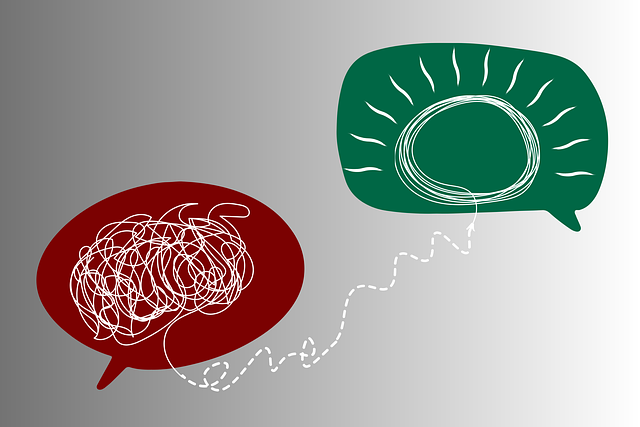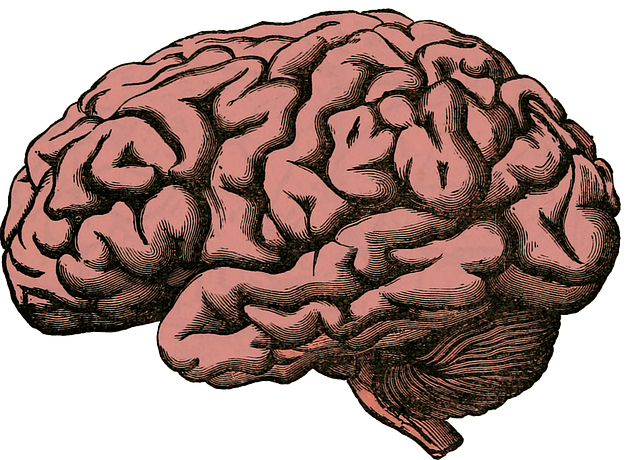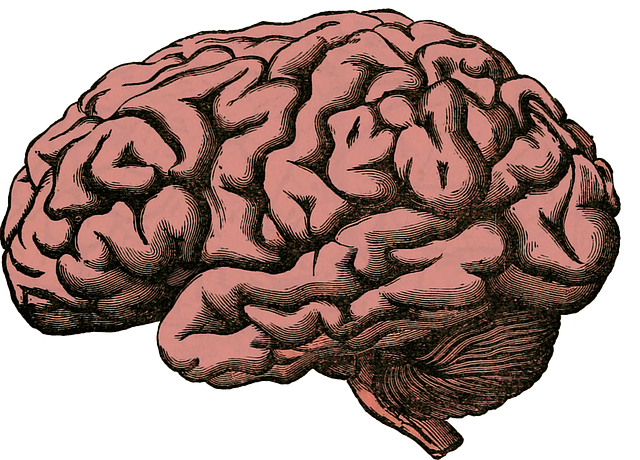Stress, a prevalent yet untreated issue among professionals, can lead to burnout if left unaddressed. This text highlights the importance of understanding stress triggers and emphasizes the effectiveness of Parker EMDR Therapy in managing traumatic memories and reducing anxiety. By integrating this innovative approach, mental health professionals can enhance their resilience, improve patient care, and maintain optimal mental wellness, leading to better risk management practices. Parker EMDR Therapy, developed by Dr. Francine Parker, uses bilateral stimulation like eye movements to facilitate brain communication, making it highly successful in treating PTSD and anxiety disorders. Regularly engaging in these techniques fosters emotional healing, resilience, and calmness, empowering individuals to take control of their mental health.
Stress management is a vital skill for navigating life’s challenges. This article explores effective strategies, focusing on Parker EMDR Therapy as a revolutionary approach. We’ll delve into the science behind its efficacy in treating stress and its impact on mental health. Learn about implementing EMDR techniques in daily life and when to seek professional guidance for optimal stress relief. By understanding these methods, you can foster resilience and enhance overall well-being.
- Understanding Stress and its Impact on Mental Health
- Introduction to EMDR Therapy: A Revolutionary Approach
- The Science Behind EMDR and Its Efficacy in Stress Management
- Implementing EMDR Techniques in Everyday Life
- Seeking Professional Guidance for Effective Stress Relief
Understanding Stress and its Impact on Mental Health

Stress is a natural response to various life challenges, but when it becomes chronic, it can significantly impact mental health and overall well-being. It’s essential to understand that stress doesn’t just disappear; left unchecked, it can lead to burnout, affecting professionals across diverse fields, including mental health practitioners. Recognizing the signs and causes of stress is a crucial first step in managing it effectively.
For mental health professionals, who often deal with high-stress situations daily, implementing strategies like EMDR (Eye Movement Desensitization and Reprocessing) therapy can be transformative. This innovative approach has been shown to help individuals process traumatic memories and reduce the associated anxiety and stress. By integrating techniques such as these into their practice, professionals can enhance their resilience, improve patient outcomes, and better manage their own mental wellness, ultimately contributing to more effective risk management planning.
Introduction to EMDR Therapy: A Revolutionary Approach

EMDR Therapy, developed by Francine Shapiro, is a revolutionary approach to therapy that helps individuals process traumatic memories and reduce the intensity of associated emotions. This therapeutic technique has gained significant recognition, especially in the field of mental health care, thanks to its success in treating post-traumatic stress disorder (PTSD). At its core, EMDR Therapy facilitates a form of guided exposure where clients focus on disturbing memories while simultaneously engaging in bilateral stimulation, such as side-to-side eye movements or tactile taps.
This unique method allows the brain to process and integrate traumatic experiences differently, leading to significant improvements in symptoms related to stress, anxiety, and depression. The Parker EMDR Therapy approach combines elements of cognitive therapy with dynamic, body-oriented techniques, empowering individuals to develop self-care practices that foster positive thinking and effective risk management planning. By helping clients reprocess past traumatic events, EMDR offers a promising path toward healing and improved mental well-being.
The Science Behind EMDR and Its Efficacy in Stress Management

The Eye Movement Desensitization and Reprocessing (EMDR) therapy, pioneered by Francine Parker, has gained significant attention for its innovative approach to stress management. This therapeutic technique leverages side-to-side eye movements, or other forms of bilateral stimulation, to help individuals process traumatic memories and reduce the intensity of associated emotions. The science behind EMDR suggests that these eye movements facilitate communication between the brain’s hemispheres, allowing for the reprocessing of distressing memories and promoting mental wellness.
Studies have shown that EMDR therapy is highly effective in treating post-traumatic stress disorder (PTSD) and other anxiety disorders. By helping individuals develop coping skills and enhancing their ability to manage emotional responses, EMDR enables people to overcome stressful events and improve their overall social skills training. Parker’s method goes beyond merely addressing symptoms; it empowers individuals to achieve a deeper sense of healing and resilience, contributing to the development and maintenance of mental wellness.
Implementing EMDR Techniques in Everyday Life

Implementing EMDR Techniques in Everyday Life
Eye Movement Desensitization and Reprocessing (EMDR) therapy, pioneered by Dr. Francine Parker, offers powerful tools for managing stress and cultivating inner strength. By combining side-to-side eye movements with guided recall of traumatic or stressful events, EMDR facilitates the brain’s natural healing process. This therapeutic approach helps individuals reprocess negative memories and beliefs, reducing their emotional impact and enhancing resilience building.
Incorporating EMDR techniques into daily life doesn’t require formal therapy sessions. Simple self-help practices can be adopted. For instance, engaging in bilateral stimulation—such as following a pen with your eyes or using a specialized EMDR app—while recalling a stressful event can help process emotions and improve mood management. Over time, these exercises contribute to overall well-being, promoting a sense of calm and empowerment.
Seeking Professional Guidance for Effective Stress Relief

When it comes to managing stress effectively, seeking professional guidance can be a game-changer. Many individuals often turn to traditional therapy approaches like Cognitive Behavioral Therapy (CBT) or explore innovative techniques such as Eye Movement Desensitization and Reprocessing (EMDR), which has gained recognition for its success in treating trauma and anxiety. These therapies offer structured frameworks to understand and combat stress, providing individuals with valuable tools to navigate their mental health journeys.
For instance, Parker EMDR Therapy focuses on desensitizing traumatic memories while reprocessing them, helping clients reduce the emotional intensity associated with stressful events. Integrating this approach into a comprehensive Mental Health Education Program Design can empower individuals to take control of their mood management and cultivate resilience. Additionally, incorporating practices like Mindfulness Meditation can offer immediate stress relief and promote long-term mental well-being.
In conclusion, managing stress effectively is paramount for maintaining mental health. This article has explored various facets of stress, introducing revolutionary techniques like EMDR therapy, backed by scientific research demonstrating its efficacy. By understanding the science behind EMDR and learning practical implementation methods, individuals can harness its power in their daily lives. For those seeking comprehensive stress relief, enlisting professional guidance through Parker EMDR Therapy ensures tailored support on the path to well-being.












